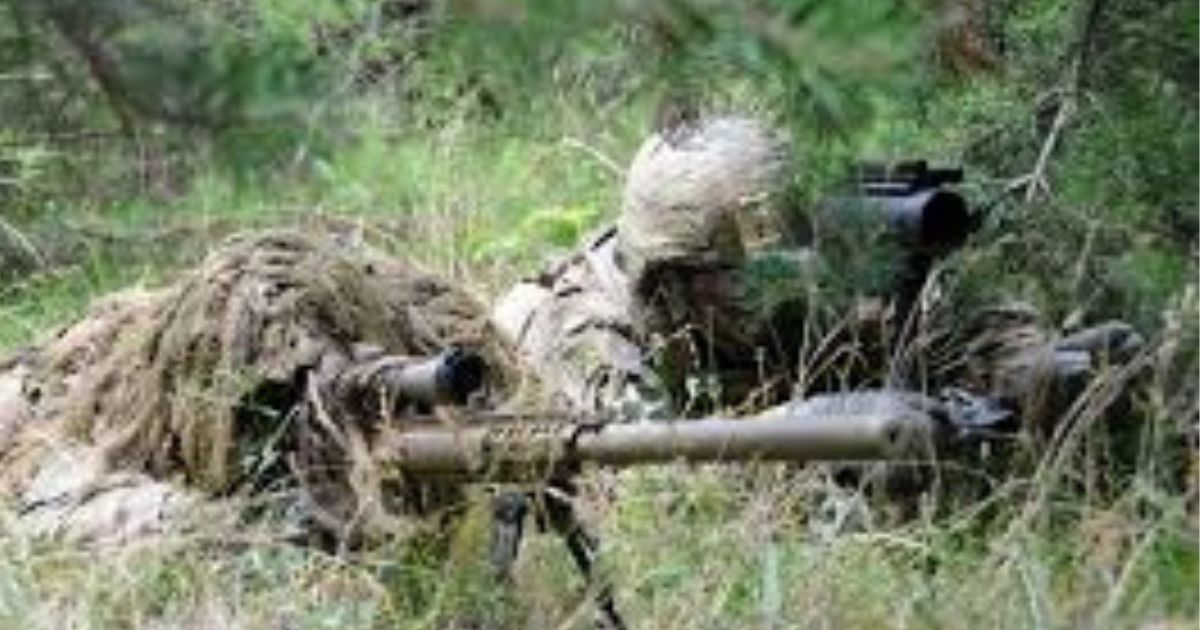When it comes to effective camouflage, few tools are as iconic or effective as the ghillie suit. Originally designed for military snipers, hunters, and wildlife photographers, the ghillie suit is a specialized camouflage garment designed to blend the wearer into natural environments by mimicking foliage. This unique piece of equipment helps users remain undetected in outdoor settings, giving them the edge in stealth and survival situations.
What Is a Ghillie Suit?
A ghillie suit is a type of camouflage clothing that is designed to resemble heavy foliage. Made from netting or fabric covered with loose strips of burlap, twine, and synthetic materials like jute or cotton, the suit is customized to match the terrain in which it will be used. The loose and uneven texture of the suit helps break up the outline of the wearer’s body, making them harder to spot in natural surroundings.
The History of the Ghillie Suit
The ghillie suit has its origins in Scotland, where it was used by gamekeepers in the 19th century to catch poachers. These early versions were designed to allow the wearers to blend into their surroundings while keeping an eye on wildlife. The term “ghillie” comes from Scottish Gaelic, meaning “servant” or “caretaker of the game.” Over time, this ingenious camouflage technique was adapted by military forces, particularly snipers, who needed to remain concealed while observing enemy movements.
Uses of Ghillie Suits
Ghillie suits have a variety of applications, and their effectiveness makes them a valuable tool in several fields:
Military Operations
The ghillie suit is perhaps most famously associated with military snipers. These specialized soldiers often need to remain in one position for extended periods while observing enemy forces or preparing for a shot. The suit helps them blend into their surroundings, making them nearly invisible from a distance. Beyond snipers, reconnaissance teams and special forces also use ghillie suits for stealth operations.
Hunting
Hunters use ghillie suits to become one with their environment, allowing them to get closer to their prey without being detected. By mimicking the natural surroundings, hunters can wait patiently for game animals like deer or birds to come within range, improving their chances of a successful hunt. The ghillie suit is particularly useful in areas with dense vegetation, where traditional camouflage may not be as effective.
Wildlife Photography and Observation
Wildlife photographers and researchers often rely on ghillie suits to capture natural behaviors of animals in the wild. Since animals are quick to detect human presence, the ghillie suit allows photographers and researchers to approach their subjects without disturbing them, leading to more authentic and candid shots of wildlife.
Paintball and Airsoft
In the world of recreational combat sports like paintball and airsoft, ghillie suits give players an advantage by making them harder to spot by opponents. In wooded or forested areas, players wearing ghillie suits can blend in with the terrain, providing them with the element of surprise during gameplay.
How to Choose the Right Ghillie Suit
Choosing the right ghillie suit depends on the environment where you’ll be using it and your specific needs. Here are some key factors to consider:
Terrain Compatibility
A ghillie suit should match the natural environment where it will be used. If you’re operating in a woodland area, choose a suit with green and brown tones that resemble trees and leaves. For desert environments, a suit with sand and tan colors will blend better. Some suits are customizable, allowing you to add or remove material to better suit your location.
Weight and Mobility
Ghillie suits can be heavy and cumbersome, especially when made with dense materials. If you need to move quickly, such as during hunting or combat scenarios, opt for a lightweight ghillie suit that offers mobility without sacrificing effectiveness. Some modern ghillie suits are designed to be more lightweight while still providing excellent camouflage.
Breathability and Comfort
Since ghillie suits can trap heat, especially in warm environments, it’s important to choose a suit that offers good ventilation. Breathable fabrics will keep you cooler and more comfortable during extended use. Additionally, look for a suit that allows for freedom of movement without being too restrictive.
Durability
Depending on how and where you’ll be using your ghillie suit, durability is a crucial factor. Military-grade suits are often designed to withstand harsh conditions, including mud, rain, and rough terrain. If you’re using the suit for hunting or wildlife observation, make sure it’s durable enough to last through multiple uses in rugged outdoor settings.
Customizing Your Ghillie Suit
One of the advantages of a ghillie suit is that it can be customized to better match your environment. Many suits come with the option to add local vegetation, such as leaves or branches, to further enhance your camouflage. This allows you to adapt your suit to different terrains and seasons, increasing its effectiveness. Some hunters and snipers will even take the time to modify their suits on location, adjusting their camouflage to better match their surroundings.
Ghillie Suit Maintenance and Care
Proper care and maintenance of your ghillie suit will ensure it lasts for many uses. After using your suit in the field, it’s important to clean it according to the manufacturer’s instructions. Many ghillie suits are hand-washable, but some can be machine washed on a gentle cycle. Always air-dry your suit to prevent damage to the fabric and materials.
Additionally, inspect your suit regularly for signs of wear and tear. Loose threads or damaged materials should be repaired promptly to maintain the integrity of the suit’s camouflage. If you’ve added natural elements like leaves or branches, these should be removed and replaced before storing the suit to prevent mold or mildew.
The Ghillie Suit in Popular Culture
The ghillie suit has become iconic, especially in movies, video games, and television shows that feature military or survivalist themes. Games like “Call of Duty” and movies like “Sniper” have helped popularize the image of a stealthy soldier dressed in a ghillie suit, hidden from view as they lie in wait. This popular culture portrayal has contributed to the suit’s widespread recognition outside of military and hunting circles.
Conclusion:
The ghillie suit remains one of the most effective camouflage tools available, whether you’re a soldier, hunter, photographer, or hobbyist. Its ability to break up the human silhouette and blend seamlessly into natural environments makes it a crucial piece of gear for anyone needing stealth and concealment. By choosing the right ghillie suit for your needs and maintaining it properly, you can ensure that it continues to serve you well in the field.
FAQs
Are ghillie suits comfortable to wear for long periods?
While ghillie suits can be bulky, many modern designs prioritize breathability and comfort, making them more suitable for extended wear.
Can I customize my ghillie suit for different environments?
Yes, many ghillie suits are designed to allow for customization by adding natural elements like leaves and twigs from the surrounding environment.
What materials are ghillie suits typically made from?
Ghillie suits are usually made from fabric netting or burlap, with added jute or synthetic fibers to mimic natural foliage.
Is a ghillie suit effective in all terrains?
A ghillie sui t is most effective in environments with natural vegetation, such as forests or grasslands. In urban areas or open landscapes, other forms of camouflage may be more appropriate.
Can I wash my ghillie suit in a washing machine?
It depends on the suit. Some can be machine washed on a gentle cycle, while others require hand washing. Always follow the manufacturer’s care instructions to avoid damaging the suit.











